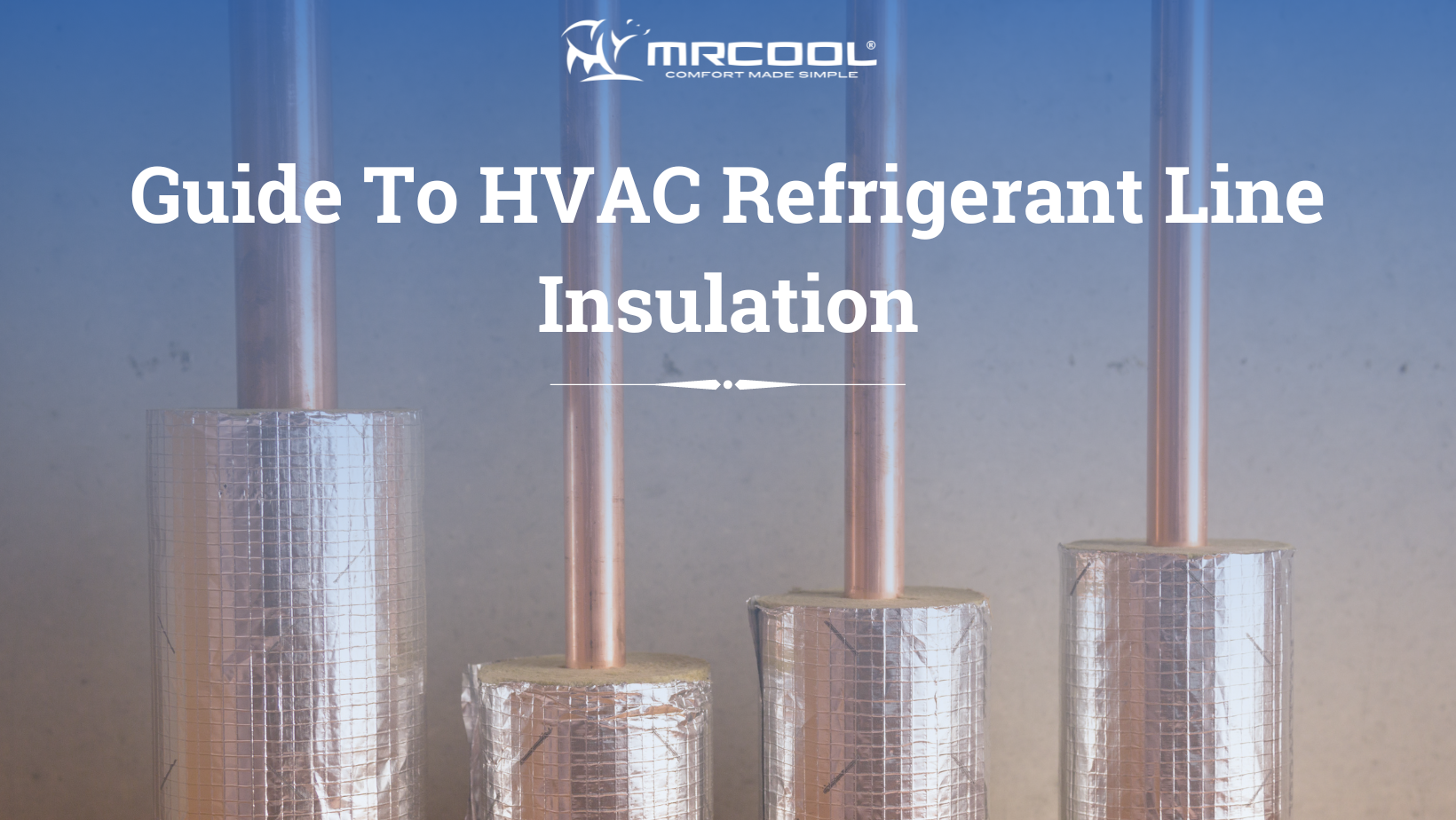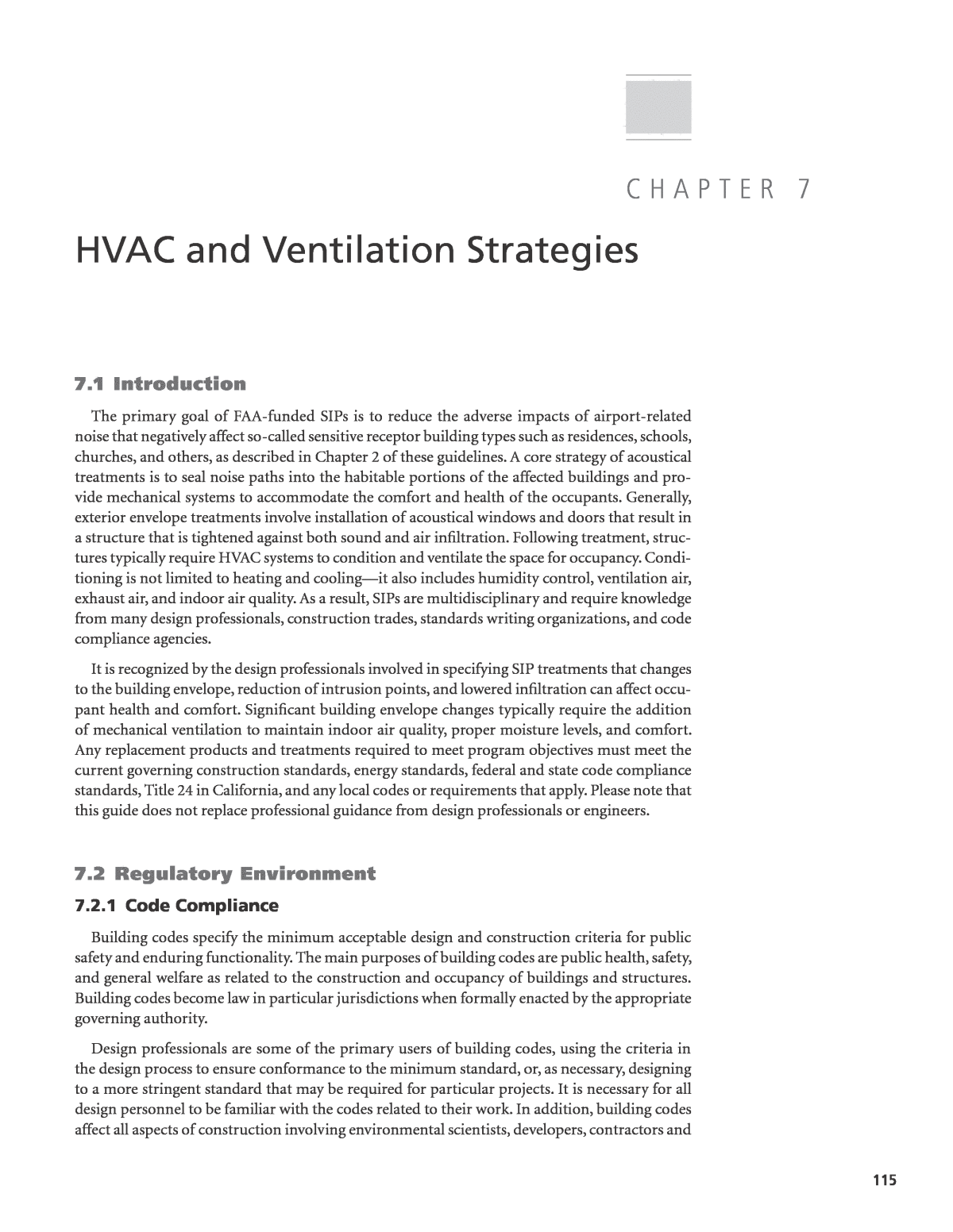HVAC requirements for foam insulation include ensuring proper ventilation and air exchange to maintain indoor air quality. When using spray foam insulation, a well-designed HVAC system is crucial for efficient temperature control and preventing moisture issues.
Additionally, proper sizing and insulation compatibility with the HVAC system are essential to maximize energy efficiency and indoor comfort levels. It is recommended to consult with HVAC professionals to ensure optimal performance and longevity of the system when incorporating foam insulation.

Credit: mrcool.com
Understanding Hvac Foam Insulation
Understanding HVAC Foam Insulation: When insulating homes or commercial spaces, utilizing spray foam insulation can significantly impact energy efficiency and comfort. However, it’s crucial to understand how HVAC systems interact with foam insulation to ensure optimal performance.
Benefits Of Spray Foam Insulation:
- Enhanced energy efficiency
- Improved air quality
- Enhanced structural integrity
Hvac Considerations For Foam Insulation:
When integrating foam insulation, HVAC systems need careful consideration to guarantee seamless operation.
- Proper ventilation is crucial
- Size HVAC systems accordingly
Sizing Hvac Systems For Foam Insulation
Properly sizing HVAC systems for foam insulation is crucial for optimal energy efficiency and comfort in a building. This process involves determining the cooling tonnage needs and designing HVAC systems that are compatible with foam insulation to ensure effective performance.
Determining Cooling Tonnage Needs
- Calculate the square footage of the building to determine the cooling load requirements.
- Consider factors like insulation R-values, building orientation, and climate to accurately assess cooling tonnage needs.
- Consult with HVAC professionals to conduct a heat load calculation for precise tonnage estimation.
Proper Design Of Hvac Systems For Foam Insulation
- Choose HVAC equipment that is compatible with foam insulation to optimize energy efficiency.
- Ensure proper ductwork design and installation that complements foam insulation for balanced airflow.
- Implement zoning strategies to regulate temperatures effectively in different areas of the building.
By following these guidelines and working closely with HVAC experts, building owners can achieve an efficient and reliable HVAC system that is tailored to the specific requirements of foam insulation.
Ventilation And Moisture Control
Foam insulation is highly effective in improving energy efficiency and providing a tight building envelope. However, proper ventilation and moisture control are essential aspects to consider when using foam insulation for HVAC systems.
Role Of Ventilation With Spray Foam Insulation
Ventilation plays a crucial role when using spray foam insulation. It helps in maintaining a healthy indoor air quality and exhausting pollutants and moisture. Proper ventilation prevents the buildup of excessive moisture, which can lead to mold and mildew. Additionally, it ensures the efficient operation of HVAC systems and helps in distributing conditioned air throughout the building.
Managing Moisture With Foam Insulation
When managing moisture with foam insulation, it’s important to consider the potential for moisture accumulation within the building envelope. Incorporating moisture control barriers during insulation installation can help prevent moisture infiltration, reducing the risk of material degradation and indoor air quality issues.
Moreover, ensuring effective moisture control can extend the longevity of the building structure and HVAC components, minimizing the need for frequent maintenance and repairs.
Compatibility Of Hvac Systems With Foam Insulation
Foam insulation can impact HVAC systems, requiring particular attention to ensure compatibility and a balanced performance. Proper design and ventilation are essential, with consideration given to air exchange and ductwork insulation to maintain efficiency and air quality. Expert installation and assessment help optimize HVAC functionality with foam insulation for comfort and energy savings.
Assessing Hvac Compatibility With Spray Foam Insulation
When it comes to using foam insulation for your HVAC system, it is crucial to assess the compatibility between the two. Spray foam insulation offers several advantages, including enhanced energy efficiency and improved indoor air quality. However, it can also present challenges when it comes to HVAC systems. Evaluating the compatibility of your HVAC system with foam insulation is essential to ensure optimal performance and longevity.
Challenges With Hvac Systems And Foam Insulation
Incorporating foam insulation into your HVAC system can pose several challenges that need to be considered. One of the key challenges is the potential for restricted airflow. Foam insulation, when not properly installed, can obstruct air channels and vents, limiting airflow and reducing the efficiency of your HVAC system. This can lead to insufficient heating or cooling, discomfort, and increased energy consumption.
Another challenge is the potential for moisture-related issues. Foam insulation creates a tight seal, minimizing air leakage and preventing drafts. While this is beneficial for energy efficiency, it can also trap moisture within the insulation and the surrounding areas. Moisture build-up can result in mold and mildew growth, which can be damaging to both the insulation and the HVAC system components.
Additionally, foam insulation can affect the sizing and design of HVAC systems. The increased insulation provided by foam may alter the heat load calculations, requiring adjustments to the HVAC system’s capacity and ductwork. It is essential to ensure that the HVAC system is appropriately sized and designed to accommodate the added insulation.
Furthermore, the use of certain types of foam insulation can introduce compatibility issues with HVAC components. For example, some foam insulation materials release gasses that can corrode metal components, such as air handlers or ductwork. It is crucial to select foam insulation that is compatible with the specific HVAC components in your system to avoid any adverse effects on performance or longevity.
To overcome these challenges and ensure the compatibility of your HVAC system with foam insulation, it is recommended to consult with a professional HVAC contractor. They can assess your system, evaluate the suitability of foam insulation, and provide guidance on proper installation and maintenance techniques. Regular maintenance and inspections of both the HVAC system and the foam insulation are also necessary to address any potential issues and ensure optimal performance and efficiency.Sustainability And Energy Efficiency
The use of foam insulation in HVAC systems plays a crucial role in both sustainability and energy efficiency. By reducing energy consumption and minimizing environmental impact, foam insulation is a preferred choice for many homeowners and businesses. In this section, we will delve deeper into the benefits of foam insulation when it comes to reducing energy consumption and exploring its environmental impact on HVAC solutions.
Reducing Energy Consumption With Foam Insulation
One of the primary advantages of foam insulation in HVAC systems is its ability to significantly reduce energy consumption. This is achieved through its unique properties that provide better insulation and air sealing capabilities compared to traditional insulation materials. By creating an airtight seal, foam insulation prevents heat loss or gain, allowing HVAC systems to operate more efficiently.
With foam insulation, you can expect reduced energy wastage, lower utility bills, and improved indoor comfort. Its thermal resistance helps maintain a consistent temperature throughout the building, reducing the need for constant heating or cooling. Additionally, foam insulation reduces air leakage, minimizing the workload on HVAC systems and prolonging their lifespan.
Environmental Impact Of Foam Insulation Hvac Solutions
Foam insulation is not only beneficial for energy efficiency but also has a positive impact on the environment. Its use in HVAC systems contributes to sustainability by reducing greenhouse gas emissions and dependence on fossil fuels. By significantly lowering energy consumption, foam insulation helps reduce the carbon footprint associated with HVAC operations.
Furthermore, foam insulation is often made from eco-friendly materials, such as recycled plastics or renewable resources, making it a more sustainable choice compared to traditional insulation options. Its long lifespan also ensures durability, minimizing the need for frequent replacements and reducing waste generation.
In conclusion, foam insulation in HVAC systems offers numerous benefits in terms of sustainability and energy efficiency. By reducing energy consumption and minimizing environmental impact, it is an effective solution for both residential and commercial spaces. Whether you’re looking to lower your energy bills or take a greener approach to insulation, foam insulation is a smart choice for your HVAC requirements.

Credit: nap.nationalacademies.org

Credit: m.facebook.com
Frequently Asked Questions For Hvac Requirements For Foam Insulation
How Many Tons Of Cooling Do I Need For A Foam Insulation Home?
For a foam insulation home, cooling requirements depend on size and climate. Consult an HVAC professional for accurate calculations.
Is Ventilation Required For Spray Foam Insulation?
Ventilation is needed for spray foam insulation to maintain proper air quality and prevent issues.
Do You Need An Air Exchanger With Spray Foam Insulation?
Yes, urethane spray foam insulation makes the house tight. It’s recommended to install an air-to-air exchanger (ERV or HRV) for efficient air exchange.
Does A House With Spray Foam Insulation Need Venting?
Venting is not required for a house with spray foam insulation. If the foam is placed against the roof deck, soffit and ridge vents are not needed. However, if the foam is placed just above the ceiling, both soffit and ridge vents are necessary for attic ventilation.
Conclusion
Understanding the HVAC requirements for foam insulation is crucial for optimizing energy efficiency and indoor comfort. Proper ventilation and careful consideration of HVAC compatibility are essential to ensure the effectiveness of foam insulation. By adhering to these requirements, homeowners can benefit from enhanced insulation performance and cost savings.

